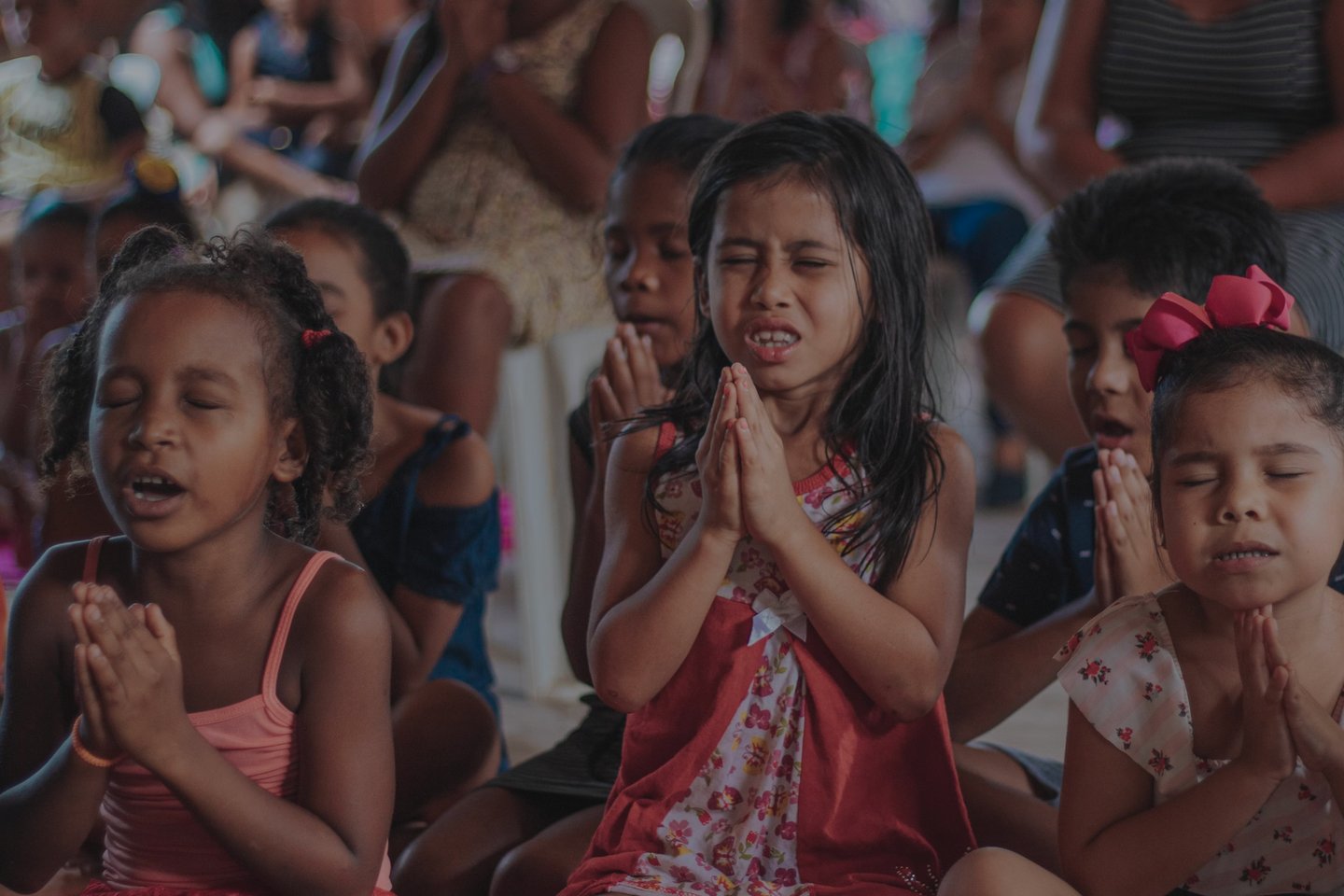Art, Ancestry & Action in Defense of Childhood
More than an artist, Jean Silvestro is a movement.
A former executive turned world traveler, he gave up the corporate life to build a project with one clear mission:
to defend the universal rights of children - through music, through care, through resistance.
From heavy riffs and sharp lyrics that shake systems in You Rock,
to ancestral healing and real-world impact in Bali Corner,
every action taken under the Jean Silvestro Project is a blow against silence and indifference.
This is not charity. This is resistance through creation.
An artistic, cultural and human response to a world that has abandoned its most vulnerable.
Human rights are universal, that is, all 8.1 billion human beings living on Earth were born with these rights, and no one can take them away from them.


If One Child Suffers, We All Fail
Human rights are everything a human being should have or be able to do to survive, thrive, and reach their full potential. All rights are equally important and are connected to each other.
Children and adolescents have all human rights, not because they are "the future",but because they are human beings. Today.
Convention on the Rights of the Child
In 1989, world leaders made a historic commitment to the world's children by adopting the United Nations Convention on the Rights of the Child – an international agreement on childhood.
It became the most widely ratified human rights treaty in history and helped transform the lives of children around the world.
But still, not every child gets to enjoy a full childhood. Many childhoods are interrupted.
It is up to our generation to demand that government, business and community leaders follow through on their commitments and take action for children’s rights now, once and for all. They must commit to ensuring that every child has all their rights.
For every child, every right!
Jean Silvestro Project • 2025 • All Rights Reserved
